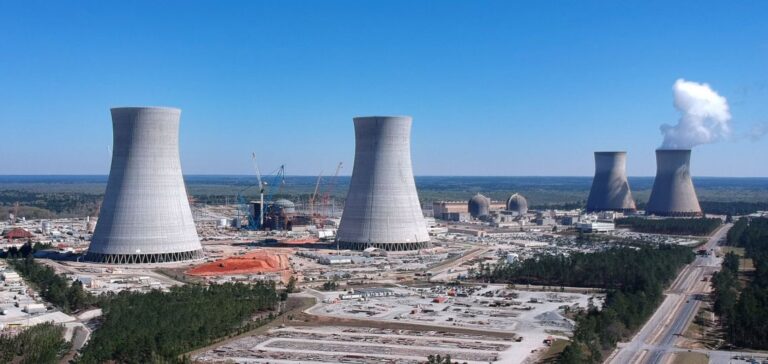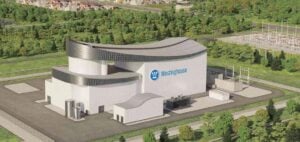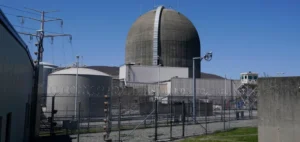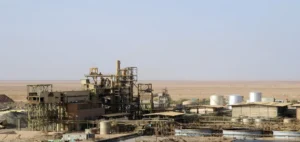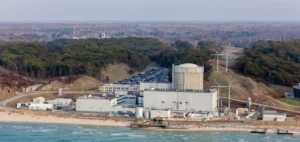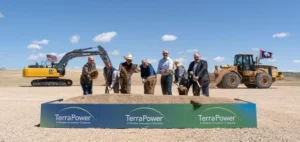Georgia Power, a subsidiary of Southern Company, has submitted its 2025 Integrated Resource Plan (IRP) to the Georgia Public Service Commission (PSC). This plan details the company’s strategy to meet the significant increase in electricity demand projected in the state, which is expected to rise by 2200 MWe in peak demand by 2030 compared to forecasts made in 2023.
A strategy focused on optimizing existing reactors
To maximize production capacity without requiring significant transmission network investments, Georgia Power is planning uprates on four nuclear generation units. These improvements involve Units 1 and 2 at the Vogtle plant and Units 1 and 2 at the Hatch plant. These modifications, scheduled between 2028 and 2034, will add a total of 112 MWe to the grid.
Extended Power Uprates (EPU) require significant modifications to key plant equipment to increase the reactors’ thermal power output. For the Hatch plant, a complementary modernization project for boiling water reactors (BWR) through the MELLA+ (Maximum Extended Load Line Limit) optimization is also planned. This technology increases thermal power output without raising the core cooling flow rate.
Ongoing regulatory reviews
The company is working with the U.S. Nuclear Regulatory Commission (NRC) to obtain the necessary approvals for these modifications. Each license amendment request undergoes extensive technical analysis before validation.
In addition to the uprates, Georgia Power is considering extending the operating cycles of Vogtle Units 1 and 2 to 24 months. This change would reduce the number of refueling outages and improve the overall efficiency of the company’s nuclear fleet.
Prospects for new nuclear capacity
Beyond short-term optimizations, Georgia Power believes that adding new nuclear capacity will be necessary in the long term to meet the state’s energy needs. According to projections from the B2025 scenario, six out of nine pathways included in the IRP incorporate new nuclear capacity by 2037.
However, the company highlights that developing new nuclear infrastructure carries financial and technical risks. Before committing to new construction projects, Georgia Power aims to strengthen risk mitigation strategies for stakeholders. Measures under consideration include studies of potential sites, analysis of emerging technologies, and enhanced dialogue with industry players.
A strategic positioning for the future
Georgia Power Chairman, President, and CEO Kim Greene reaffirmed the company’s commitment to anticipating market developments. According to him, proactive planning and policies implemented through the IRP will enable Georgia to meet its economic growth while maintaining a reliable and competitive energy supply.
Georgia Power thus continues to structure its development around a combination of optimizing existing facilities and forecasting new nuclear investments in a context of strong energy demand growth.

